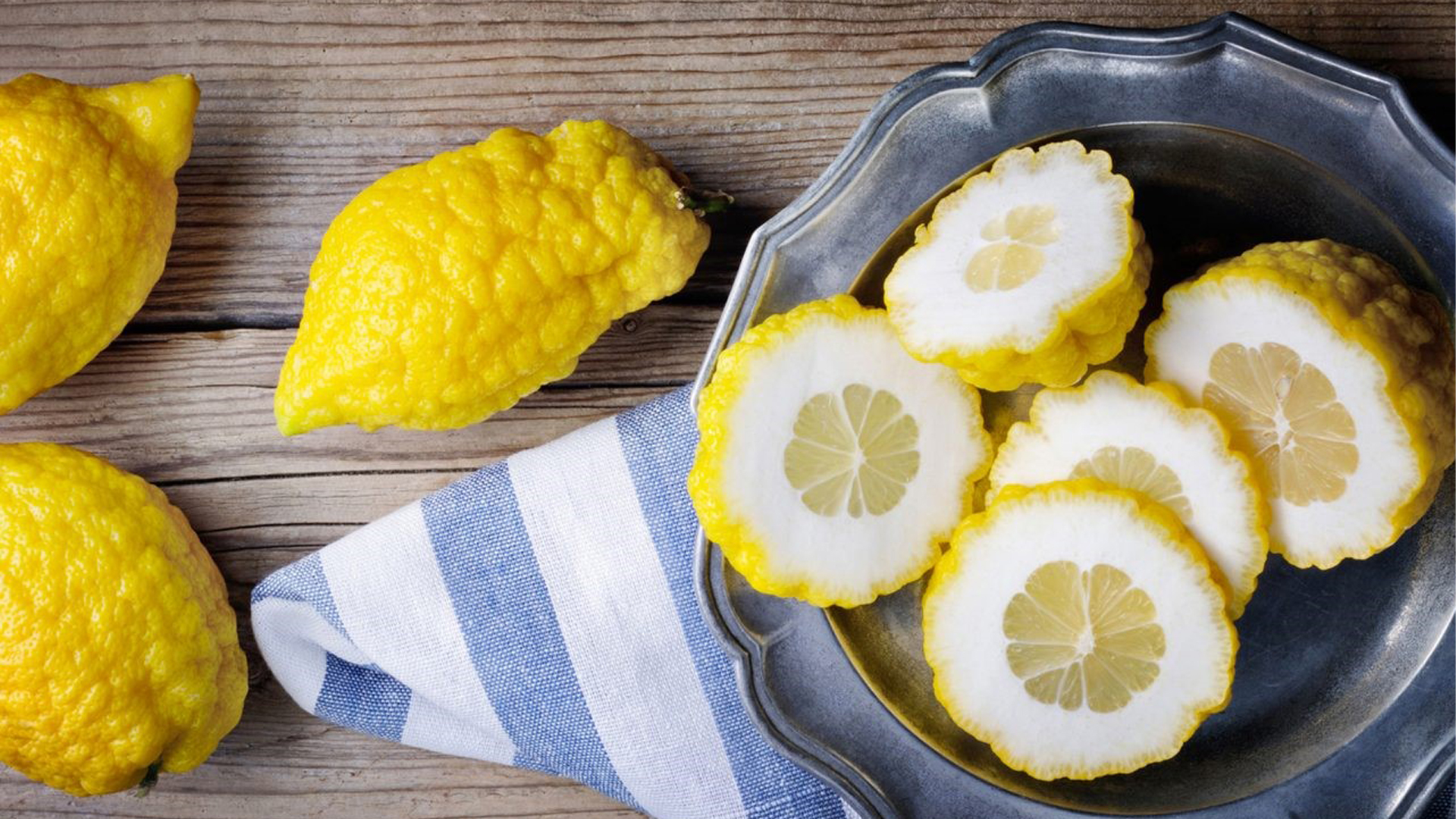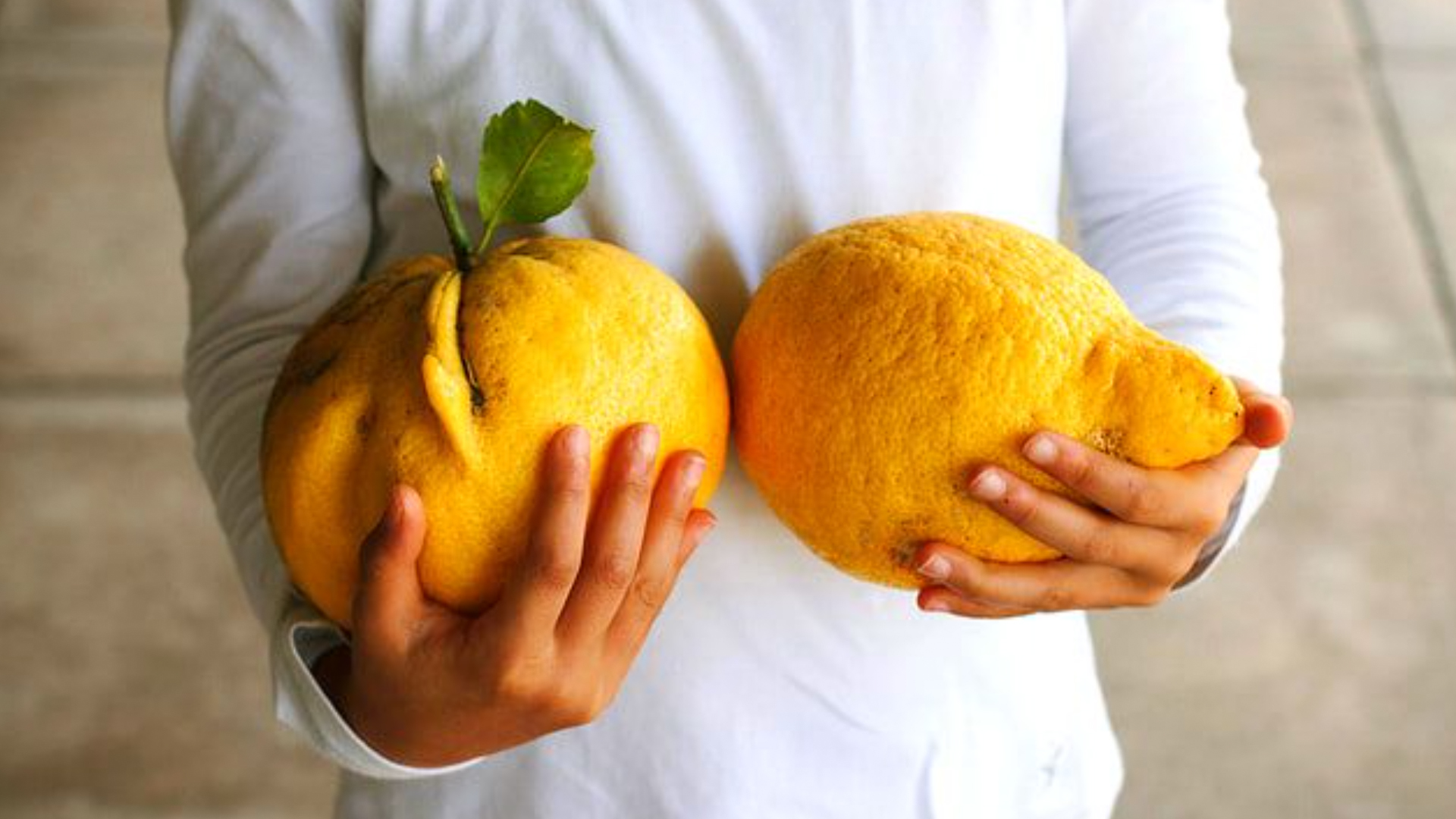Italians have long been known for citrus fruits, whether it's the lemons along the Amalfi Coast or the oranges cultivated in Sicily. Citrus isn't native to Italy, but not unlike the tomato, Italians did make many of these fruits their own.
Citrus fruits originated in Asia, with many of the varieties we know today the result of cultivation and selective breeding. Trade routes brought the first citrus to Italy during the Roman Empire, and in the era of European colonization, oranges provided Sicily with a major export crop. Today, Italians produce a variety of lemon, orange, and other citrus-flavored foods from alcohol to soda to candy.
Early Italian Citrus

The first citrus cultivated in Italy was the citron, a yellow fruit with a thick rind. Waverly Root writes in The Food of Italy that the citron arrived as early as the 3rd century. However, even though English borrows the Latin term, “citrus,” for the fruit’s name, the Romans were not all that inclined to consume it.
The early citrus fruits were most likely decorative in Rome, and may have been used in perfumes to cover bad odors. If anyone did eat them, it was like the Jewish people living within the Roman empire.
Fruits more recognizable as lemons appeared in the 7th century, and oranges by the 9th or 10th century. These primarily arrived by way of Arab traders, especially in parts of Sicily where the fruits easily grow. The Italian word "arancia" is likely from the Arabic word phonetically pronounced "nāranj," with similar phonetic pronunciations in Persian and Sanskrit.
Sour Oranges

Around the 12th century, sour oranges, sometimes referred to as bitter oranges, arrived in Italy by way of Portuguese sailors. These are small oranges with bumpy skin and pale-yellow pulp. The strong sour flavor makes them better suited as flavorings or cooked ingredients rather than eaten raw. Marmalade is a favorite use and the high level of pectin makes them excellent at turning the fruits into jelly.
In Sicily, the rind of bitter oranges has been used as flavoring for ice cream and granita, or shaved ice. When Sicilian immigrants arrived in New York City, the first Italian Ices, also known in some areas as Water Ice, were based on these cold, citrus sweets. The first two flavors available in New York City were lemon and orange.
The Bergamot variety has long been used in German perfumes. Paul de Feminis, who came from Milan, introduced the scent to perfumers in Germany. The name of the varietal likely comes from Bergamo, a city in Lombardy near Milan.
The Chinotto variety originated in China but now is often grown in Liguria and Sicily. It is commonly used as an Italian soda flavoring, particularly since the 1950s when San Pellegrino introduced a Chinotto drink. Prior to the industrial production of semi-sweet sodas, Chinotto drinks were dark, bittersweet juices.
Giant Lemons

Along the Amalfi coast, oversized lemons are commonly found. Varieties of the Citron are still grown there, known as the cedro, a term that in Italian also can mean cedar wood. These varieties are enormous and weigh in pounds rather than ounces. Much of these citrus fruits consists of pith, the white portion of a lemon between the juicy fruit and the yellow rind.
The pith can be eaten sliced and eaten raw, though perhaps a better way is to candy them. Candied piths have the pulp removed – there isn't actually that much in these fruits – and then boiled in sugar syrup. The juice is sweeter than an ordinary lemon, but very limited amounts can be squeezed from the pulp.
Other varieties along the Amalfi coast include Sfusato d’Amalfi, Sfusato Amalfitano, Femminello Sorrentino, Limone ovale, and Ovale di Sorrento. These too are larger than the lemons Americans are accustomed to, and typically lumpier, although some can produce quite a lot of juice. The Sorrentino lemons are slightly more acidic.
Blood Oranges

Another citrus variety to have developed in Italy is the blood orange. The fruit requires the extremes of hot and cold to develop the pigment that turns them red, according to Clarissa Hyman in Oranges: A Global History. The red-colored fruits developed around the 17th century, and three primary varieties evolved from there.
Today, Arancia Rossa di Sicilia is a European Union protected agricultural product, and includes Sanguinello, Moro, and Tarocco fruits. The Sanguinello is the older of the three with the other two the result of natural mutations. The moro is deep red and slightly more bitter, with the Tarocco known as a "half" blood-orange because neither the flesh nor rind are a solid red color.
Italian blood oranges are primarily cultivated in Sicily with other growing regions like Calabria more likely to produce other varieties of citrus.
Celebrating Citrus
Heading north, there is an annual lemon festival, La Festa del Limone, held in Monterosso. The largest of the five towns that make up Cinque Terre, the town is filled with lemons and lemon products. Stalls are set up around the town to sell all types of products including candy, cakes, cookies, and of course alcohol.
Ian MacAllen
Ian MacAllen is America Domani's Senior Correspondent and the author of Red Sauce: How Italian Food Became American. He is a writer, editor, and graphic designer living in Brooklyn. Connect with him at IanMacAllen.com or on Twitter @IanMacAllen.

